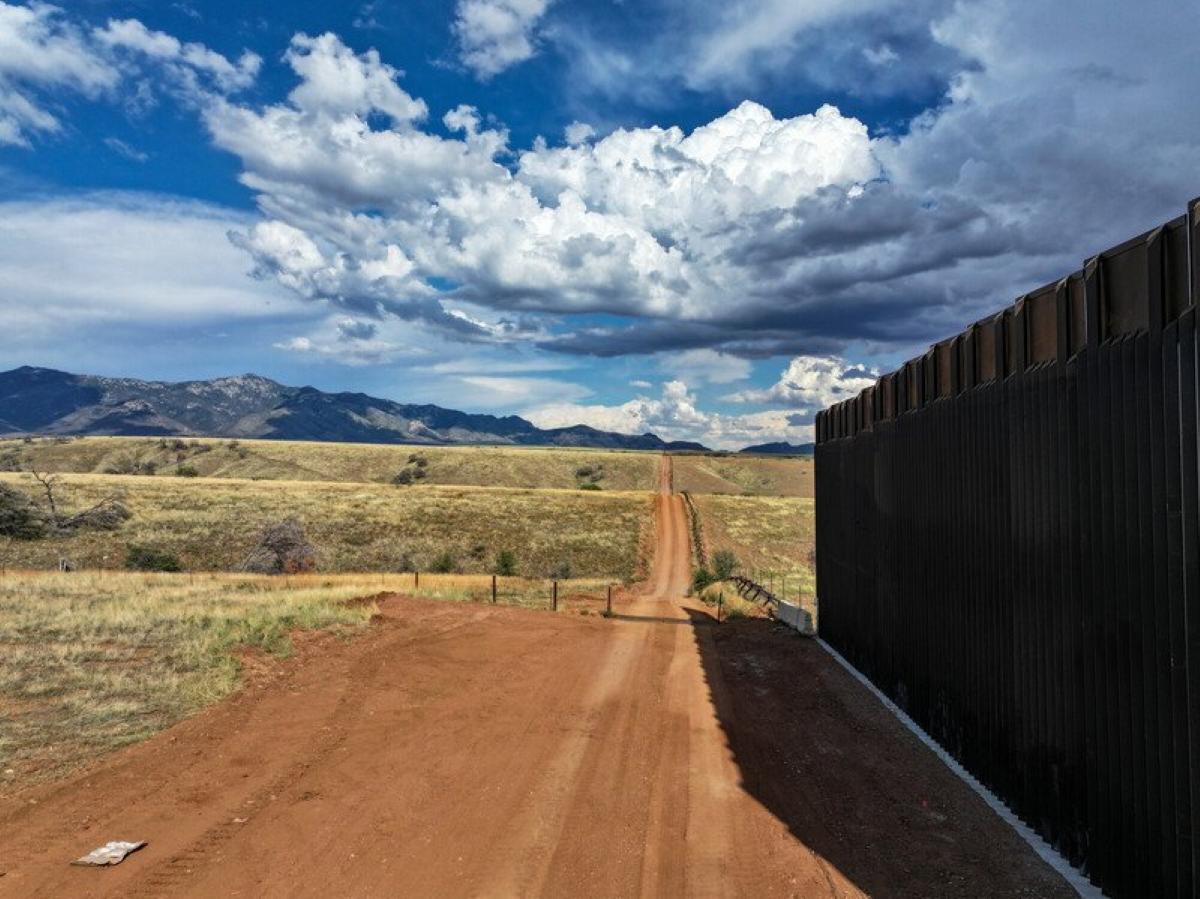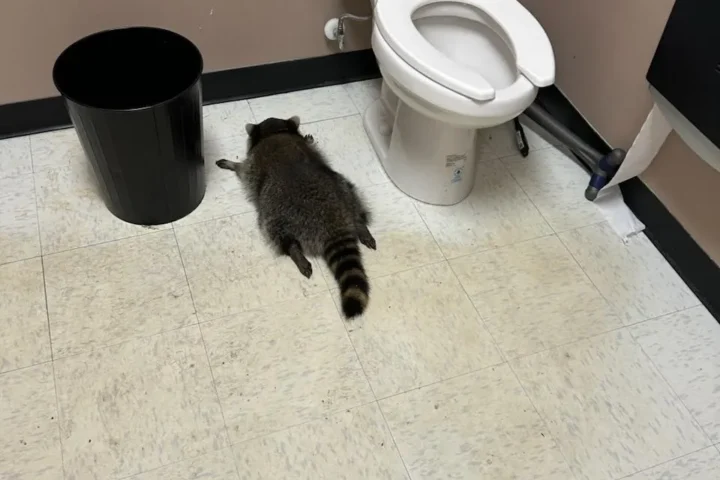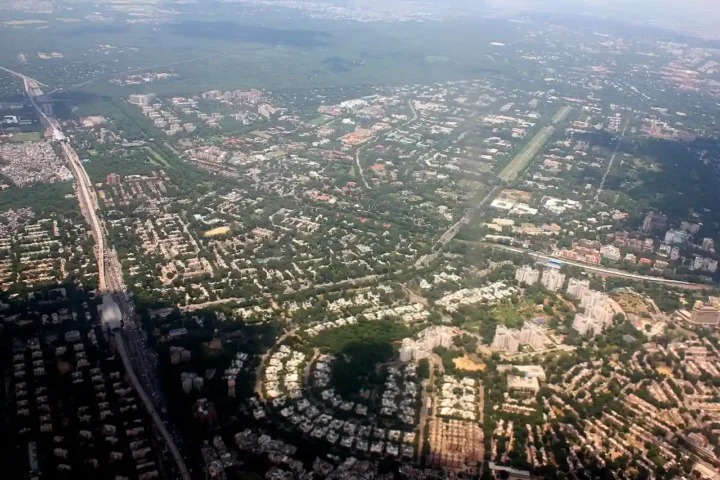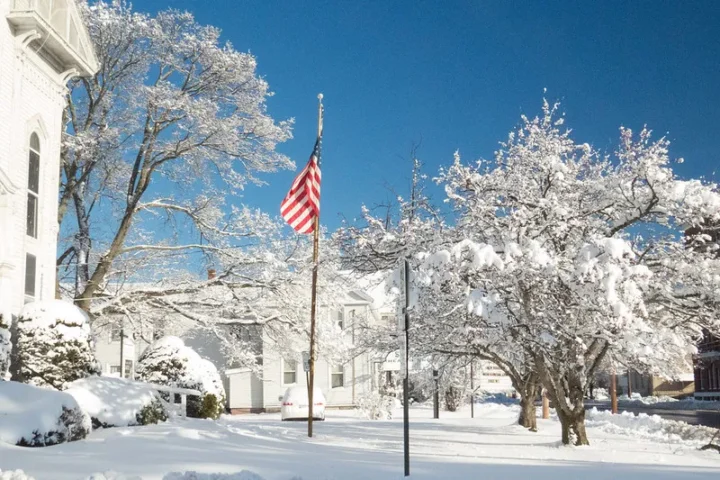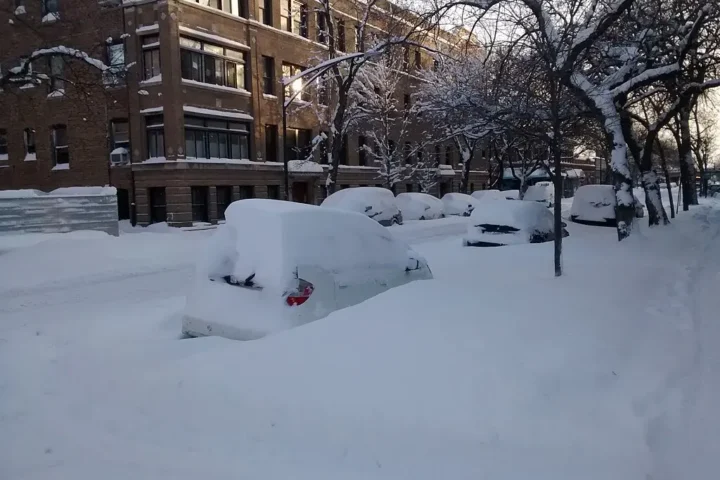Construction has begun on a new 27-mile segment of border wall through Arizona’s San Rafael Valley, marking a significant expansion of border infrastructure in one of the region’s most biodiverse areas.
Workers have installed the first 250 feet of the 30-foot-tall steel bollard barrier, which will eventually stretch across what environmental experts identify as the most significant wildlife corridor remaining along the Arizona-Mexico border. The black-painted steel wall replaces existing vehicle barriers that currently allow wildlife to pass through.
Fisher Sand & Gravel, a North Dakota-based company, secured the $309 million contract to build the wall. The funding comes from Customs and Border Protection’s 2021 fiscal year appropriations, which were earmarked specifically for border wall construction.
Similar Posts
The Department of Homeland Security under Secretary Kristi Noem issued environmental waivers in June to expedite the project, bypassing laws including the Endangered Species Act and the National Environmental Policy Act. This action prompted a lawsuit from the Center for Biological Diversity, who argue the waiver authority is an unconstitutional delegation of power.
Environmental organizations have documented serious concerns about the wall’s impact. The San Rafael Valley serves as habitat for endangered jaguars and ocelots that move between Arizona and Mexico. A study by Sky Island Alliance shows border walls reduce wildlife crossings by 86% compared to vehicle barriers, with large mammals experiencing a 100% reduction in successful crossings.
“I felt sick seeing the first 250 feet of this catastrophic wall rip through the San Rafael Valley,” said Russ McSpadden from the Center for Biological Diversity, who documented the construction. “It’s an ecological disaster in the making that will cut off the country’s most important jaguar corridor.”
The project will cross the Santa Cruz River twice and intersect with the Arizona National Scenic Trail near Coronado National Memorial. Observers have also reported new wells being drilled at the site, raising concerns about groundwater usage. During previous border wall construction, groundwater pumping extracted up to 700,000 gallons of water daily.
CBP leadership has cited a 93% year-over-year decrease in illegal crossings as of May, while still moving forward with border wall construction as part of their security approach.
Meanwhile, conservation groups are pressing for wildlife passages to be incorporated into the design to allow some animal movement. Advocates suggest adding small wildlife openings of about 8-by-11 inches to the wall design.
The San Rafael Valley is known for its “sky islands” — isolated mountain ranges surrounded by desert and grassland that create distinct ecosystems. The wall will span from the Patagonia Mountains to the Coronado National Memorial, cutting through grasslands that form the headwaters of the Santa Cruz River.With construction now underway, both supporters and critics are watching closely as the project progresses through this ecologically sensitive region that serves as a critical link between wildlife populations in the United States and Mexico.
